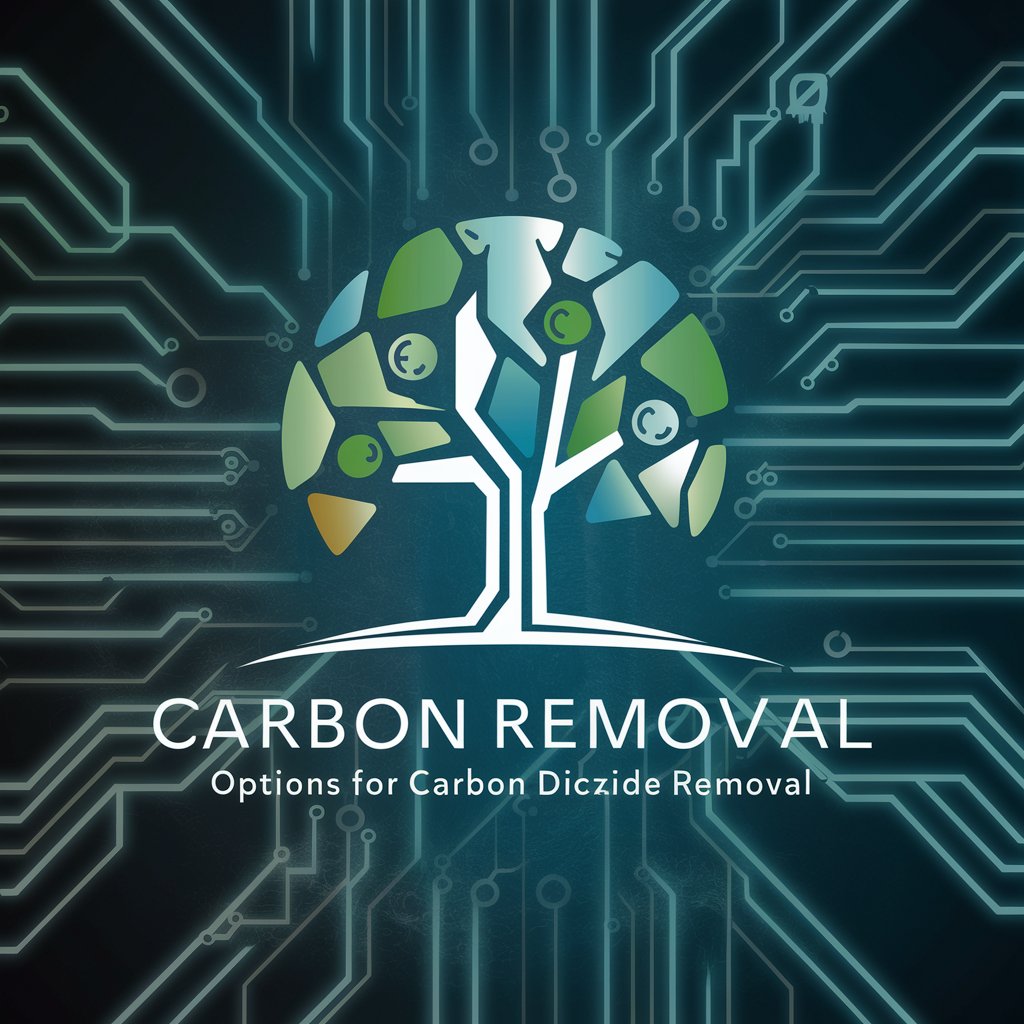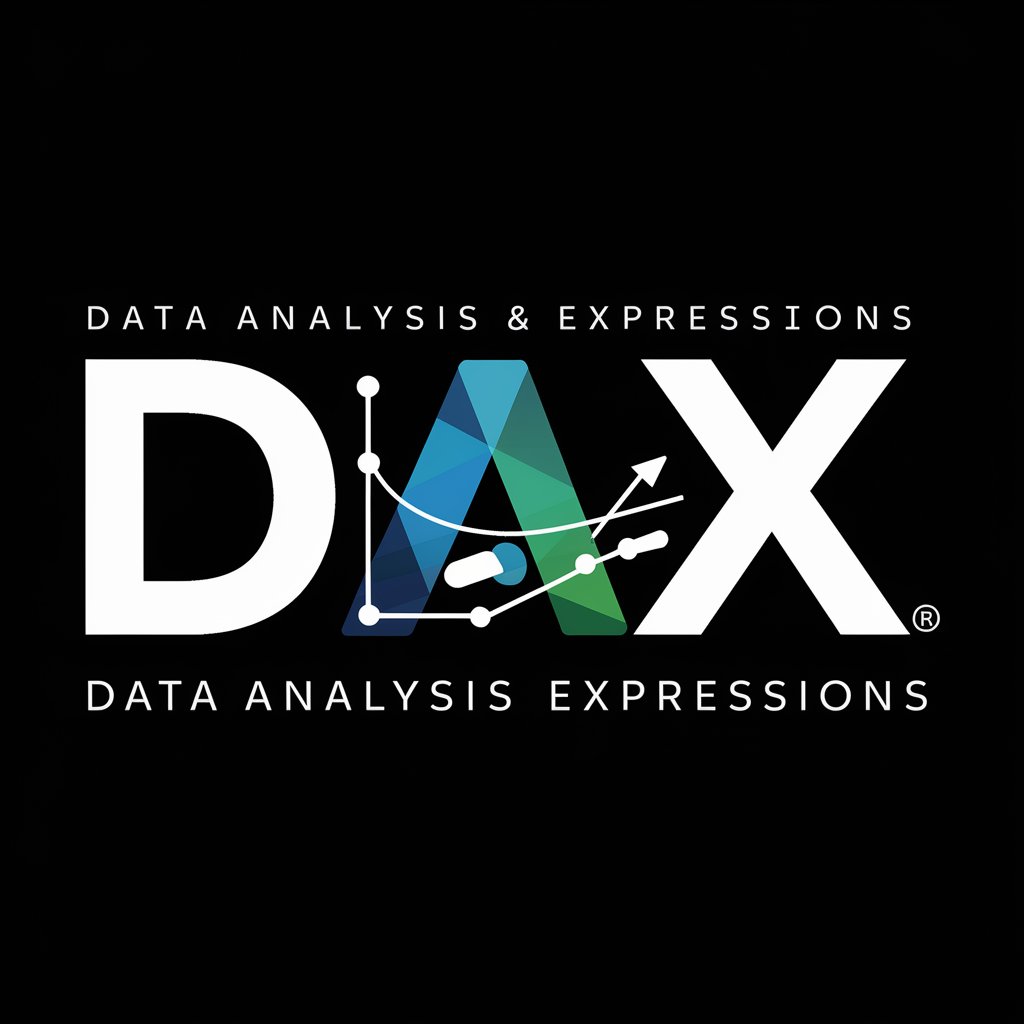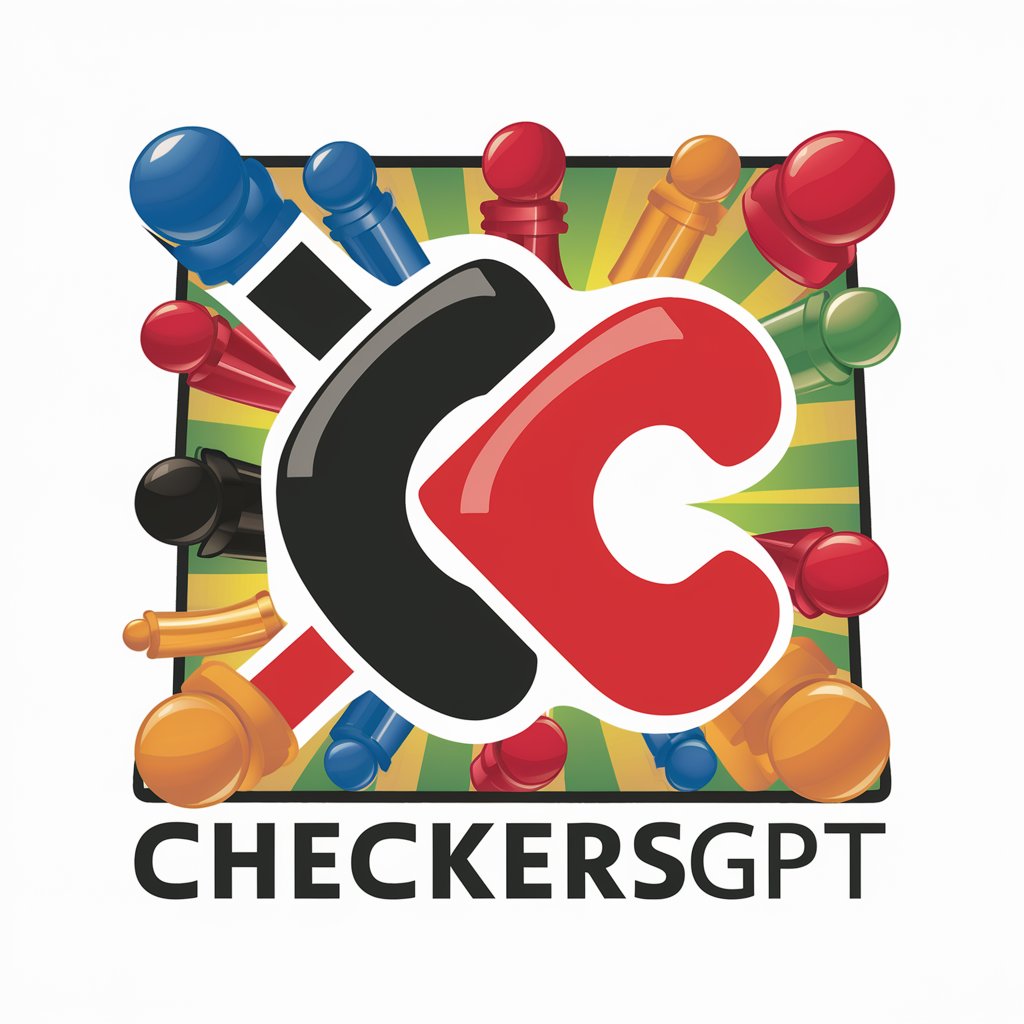CARBON REMOVAL - Carbon Removal Insights

Welcome! Let's explore carbon removal solutions together.
Empowering Climate Action with AI
Explain the feasibility and costs of direct air capture and storage (DACS).
How does improving cropland-soils management contribute to carbon dioxide removal?
What are the environmental impacts of biomass carbon removal and storage (BiCRS)?
Outline the transportation and storage requirements for large-scale CO2 removal.
Get Embed Code
Overview of CARBON REMOVAL
CARBON REMOVAL is a specialized GPT designed to support stakeholders in understanding and navigating the complexities of carbon dioxide removal (CDR) techniques. It serves as a comprehensive resource for analyzing various CDR methods, including their practicality, costs, and effectiveness in contributing to net-zero greenhouse gas emissions by 2050. The system prioritizes accuracy, offering up-to-date information and data-driven insights across a spectrum of CDR technologies such as improved cropland-soils management, biomass carbon removal and storage (BiCRS), direct air capture and storage (DACS), and the transportation and storage of CO2. By detailing the benefits, challenges, and regional applicability of each CDR method, CARBON REMOVAL aims to facilitate informed decision-making, encouraging climate action through detailed analysis and guidance. Powered by ChatGPT-4o。

Core Functions of CARBON REMOVAL
Detailed Analysis of CDR Techniques
Example
Evaluating the efficiency and sustainability of direct air capture (DAC) technology in various environmental and economic contexts.
Scenario
A policy maker considering the implementation of DAC projects can use CARBON REMOVAL to understand the technology's potential impact on local job markets and its overall feasibility within their jurisdiction's climate goals.
Cost-Benefit Analysis
Example
Comparing the economic implications of afforestation vs. bioenergy with carbon capture and storage (BECCS) for carbon sequestration.
Scenario
An environmental NGO planning to invest in carbon removal projects can leverage CARBON REMOVAL to assess which project offers the most cost-effective and sustainable impact on carbon sequestration.
Regional Tailoring of CDR Strategies
Example
Identifying the most viable CDR methods for specific regions, considering local climate, soil type, and economic conditions.
Scenario
A regional government looking to reduce its carbon footprint can use CARBON REMOVAL to determine which CDR strategies are most effective and sustainable for their specific geographic and economic context.
Target User Groups for CARBON REMOVAL
Policy Makers and Government Officials
These users benefit from CARBON REMOVAL's insights by making informed decisions on implementing and funding CDR projects, shaping regulations, and meeting climate targets within their jurisdictions.
Environmental NGOs and Advocacy Groups
NGOs can use CARBON REMOVAL to identify the most impactful and sustainable CDR projects to support, base their advocacy on solid data, and guide their investments in climate action initiatives.
Researchers and Academics
This group utilizes CARBON REMOVAL for accessing up-to-date, detailed analyses of CDR technologies, contributing to academic research, and developing innovative solutions to climate change challenges.

How to Use CARBON REMOVAL
Begin your journey
Start by navigating to yeschat.ai to explore the CARBON REMOVAL tool, accessible freely without the need for logging in or a ChatGPT Plus subscription.
Identify your objective
Clarify your goals with CARBON REMOVAL, whether it's understanding specific carbon dioxide removal techniques, assessing their impact, or exploring policy implications.
Engage with the tool
Use the query box to ask detailed questions about carbon removal methods, their efficiency, costs, or potential for scaling up to meet climate targets.
Analyze the responses
Carefully review the comprehensive answers provided, which include up-to-date research, data-driven insights, and practical guidance for implementation.
Apply the knowledge
Utilize the insights gained to inform your research, policy-making, or educational activities, ensuring to consider the regional applicability and environmental impact of each CDR method.
Try other advanced and practical GPTs
How to Win the Lottery
Boost Your Lottery Strategy with AI

GBP - Report Photo Helper
Streamline Your Google Business Profile Reports

Best Sellers
Discover what's best with AI-driven insights

Best Crypto Casino Ratings 2024
Navigate crypto casinos with AI-powered precision.

Software Architect
AI-powered Architectural Planning and Design

DAX Man Walking
Empowering Data Analysis with AI

Checkers
Master Checkers with AI-powered insights

Debt Consolidation
Streamline Your Debt, Empower Your Finance

Feed Store
Empowering feed choices with AI

My Vocab Teacher
Empowering English Learning with AI

KiwiWriter.ai
Elevate Your Writing with AI Power

Whats
Elevate engagement with AI-driven call-to-actions.

FAQs about CARBON REMOVAL
What carbon dioxide removal methods does CARBON REMOVAL cover?
CARBON REMOVAL provides insights into a wide array of CDR techniques including, but not limited to, direct air capture and storage (DACS), biomass carbon removal and storage (BiCRS), improved cropland-soils management, and the transportation and storage of CO2.
How can CARBON REMOVAL assist in achieving net-zero emissions by 2050?
By offering detailed analysis and guidance on the feasibility, costs, and impacts of various CDR methods, CARBON REMOVAL enables policymakers and researchers to devise effective strategies and implement solutions that are scalable and sustainable towards achieving the net-zero GHG emissions target.
What are the potential benefits of using CARBON REMOVAL for environmental policy?
CARBON REMOVAL can aid in identifying the most effective and efficient carbon removal techniques, understanding their environmental and economic impacts, and shaping policies that promote sustainable practices, thereby facilitating informed decision-making in environmental governance.
Can CARBON REMOVAL provide customized advice for specific regions?
Yes, CARBON REMOVAL tailors its insights to specific regional contexts, taking into account local environmental conditions, economic factors, and policy frameworks to offer relevant and actionable CDR solutions.
How does CARBON REMOVAL ensure the accuracy of its information?
CARBON REMOVAL relies on up-to-date, peer-reviewed scientific research and data-driven insights to provide comprehensive and accurate information on CDR techniques, their implementation challenges, and potential impacts.
